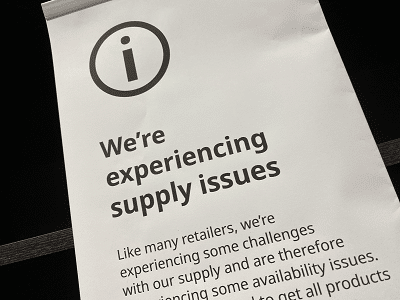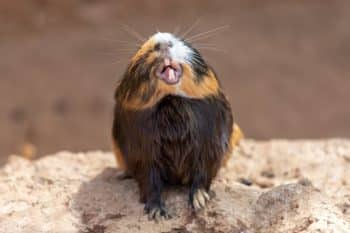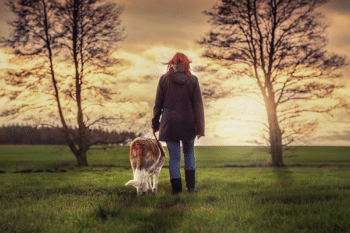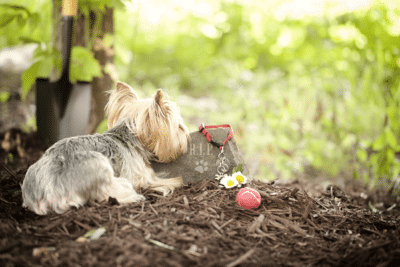Pets are family, so it’s understandable that they want to share the holiday of love with the most important people in their lives (that’s you), and that includes sharing the gifts you receive! Pets have good reason to be interested in the treats, plants, and stuffed toys people enjoy on Valentine’s Day – they’re new, interesting, and they resemble some of the things that they love most. The downside is that some of these gifts can pose health risks to our pets. This year, celebrate Valentine’s Day with your pets by keeping them safe and giving them gifts they REALLY want!
Candies and Chocolates vs Specialty Pet Treats
Sweet treats appeal to just about any palate. While overindulgence may give us a brief stomachache, even small amounts of candy or chocolate can have big consequences for pets. Many candies contain xylitol and chocolate contains theobromine and caffeine, all of which are toxic to pets. White chocolate and milk chocolate contain less theobromine and caffeine, but they still contain a lot of fat that could cause acute pancreatitis (inflammation of the pancreas), which is very painful. Cats and dogs find human treats tasty, but you know what they REALLY want? Treats made just for them!
For Valentine’s Day, give your pet a treat that is reserved for special occasions, either from a pet store or made by Chef You! If your pet has dietary restrictions that limit your options, you can add some razzle-dazzle to their usual treats by stuffing them in a puzzle feeder or using them during an extended play session. Maybe slip one or two extra in there – but just this time!
Flowers vs Cat Grass
Flowers are a gesture of love that are adored for their visual beauty and alluring aromas but your cat may adore them for completely different reasons. Yes, even our carnivorous masters are known to nibble on plants in the wild. Roses, the most popular Valentine’s Day flower, may cause vomiting and/or diarrhea in some pets and those thorns, well, no explanation needed! Lilies are favorited by many, but these flowers are as dangerous to cats as they are pretty to us and require emergency veterinary treatment if ingested. Cats might nibble on your flowers if they are the only roughage available to them, but you know what they REALLY want? Cat grass!
Cat grass isn’t a specific plant developed by kitty scientists but rather a group of grasses that produce cereal grains such as wheat, oats, and barley. The dietary fiber in cat grass can help to prevent hairballs and improve constipation. This type of grass is also a great source of minerals and vitamins that benefit your cat’s health. Even healthy, well-fed cats love cat grass purely for the pleasurable texture in their mouths while chewing it.
Stuffed Toys vs Stuffed Toys
Has your cat ever snuck away with your child’s new stuffed toy like it was the Catch of the Year? Has your dog gutted one of them right before your eyes? These misunderstandings can be frustrating for all! Your child will cry about her deceased toy and your pet will be disappointed by the ease with which it was destroyed. Worse, your pet could end up at the vet’s office for swallowing the toy’s button nose or ribbon bowtie. Your pet may get a little satisfaction from preying on your child’s stuffed toy, but you know what they REALLY want? A stuffed toy designed just for them!
Cats and dogs want more than plain stuffing in their toys – they want a full sensory experience, and they want it to last! Stuffed toys for pets often contain other enticing materials such as noisemakers, rope, and that mysterious stuff that makes crinkle noises. The exterior of quality stuffed toys is pet-safe and durable. For cats especially, the exterior can be a texture that feels good for kicking and scratching (e.g., sisal rope). You will earn bonus points from your pet if the stuffed toy is lifelike, like a mallard that honks when picked up by your dog or a feathered bird that tweets when it ‘flies’ across the room.
You can give your pet the option between your child’s teddy bear and a toy meant just for them (or between chocolate and beef liver or lilies and cat grass), and be confident that there will be no tears, no disappointment, and no trips to the veterinary clinic…it’s what we all hope for when giving a gift, isn’t it?
LifeLearn News
Note: This article, written by LifeLearn Animal Health (LifeLearn Inc.) is licensed to this practice for the personal use of our clients. Any copying, printing or further distribution is prohibited without the express written permission of Lifelearn. Please note that the news information presented here is NOT a substitute for a proper consultation and/or clinical examination of your pet by a veterinarian.










